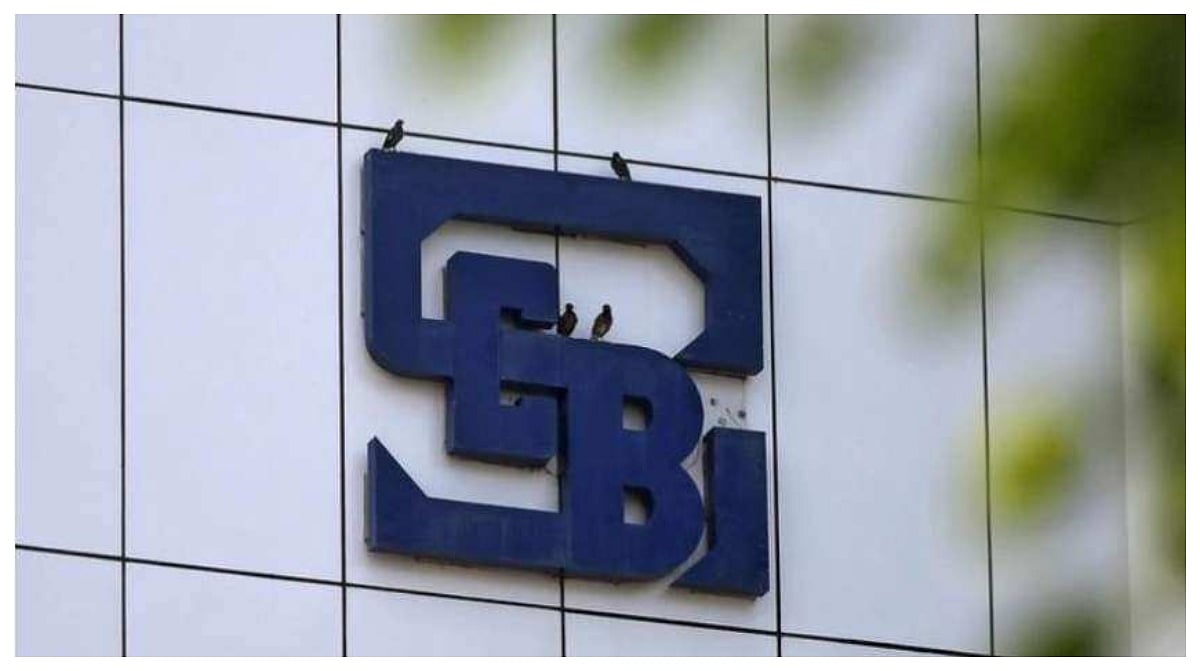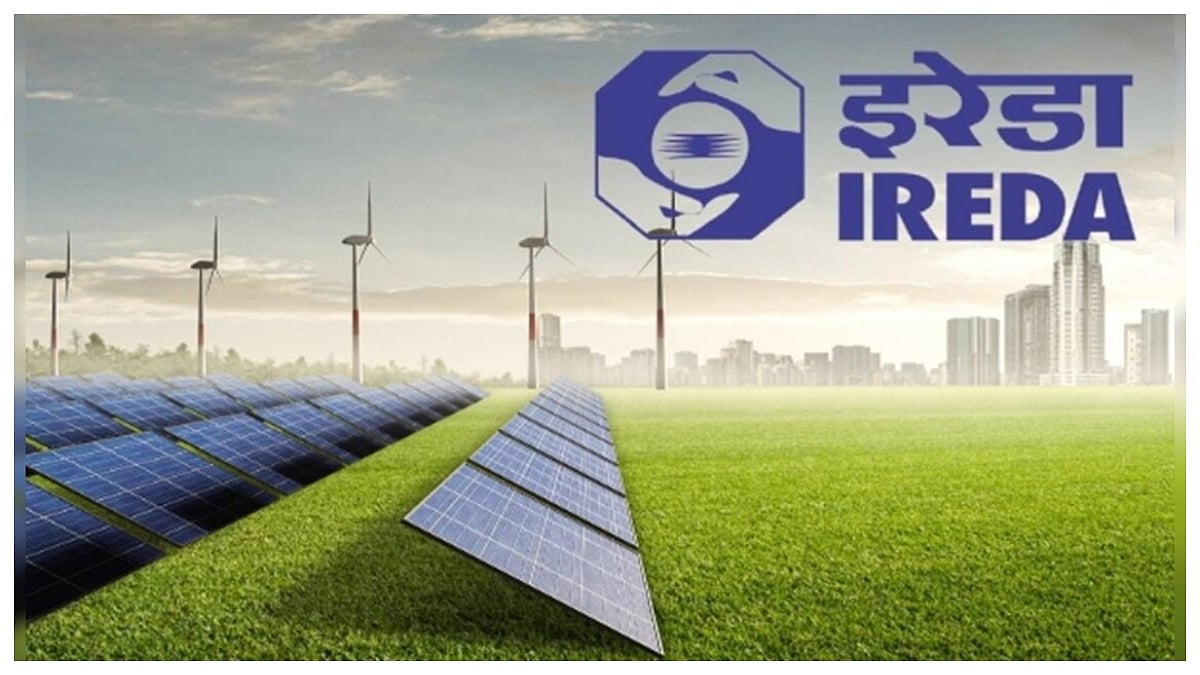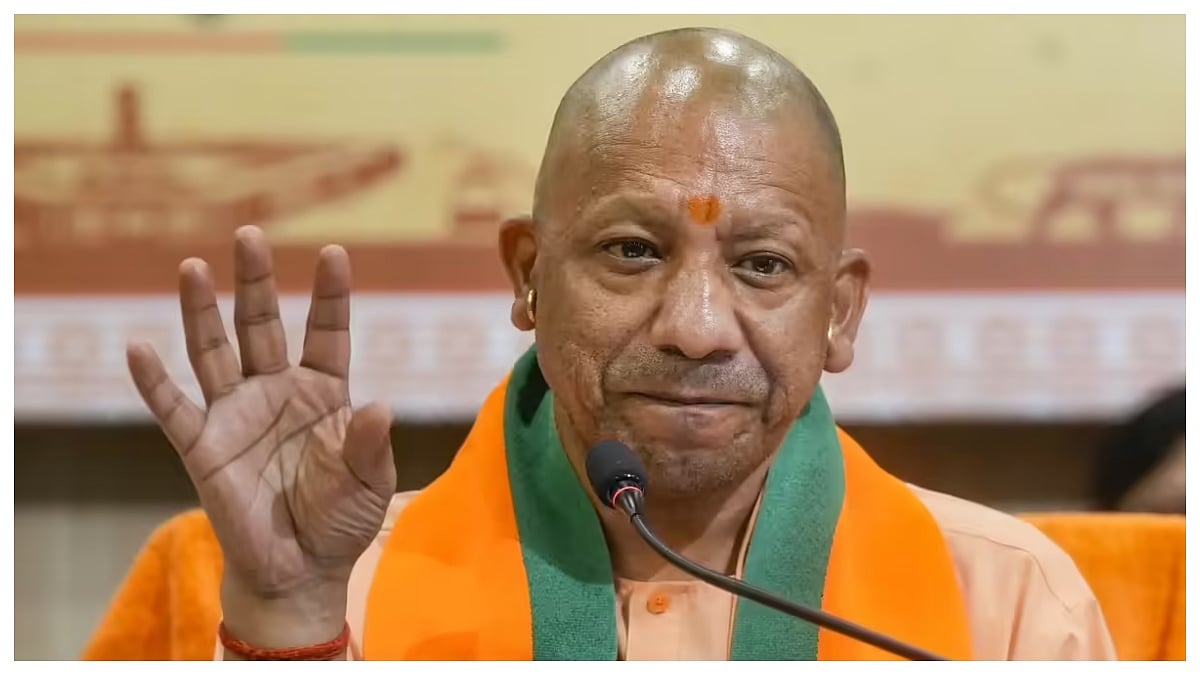National Hydrogen Mission
Prime Minister Modi announced the National Hydrogen Mission (NHM) during his Independence Day address. The mission will help India to reduce its carbon emission. And make it a global hub for the production and export of green hydrogen. In the initial stage, India has also announced a pilot project where 50 buses have been rolled out in Delhi that use blended hydrogen in compressed natural gas (CNG).
In recent years, India has taken massive strides towards cultivating clean energy sources. It includes EV push or installation of renewable projects. Ethanol blending programs are also moving swiftly. Now, the hydrogen mission is attracting policy-makers who are in constant search of greener energy alternatives.
Hiring Trends in Travelling Industry
India’s travel and tourism industry is seen hiring again after losing out nearly two years to the pandemic. The industry has seen millions of job losses during this period. But now, leisure and business travelling is on the rise again in the past six to eight weeks. Hence, major travelling platforms are recruiting talent across functions.
Vaccination drive, coupled with massive pent-up demand and revenge travel, have emerged as new drivers for travelling post-pandemic. While domestic and leisure travelling segments are recovering well, people are still avoiding business travelling. The international travelling segment also remains subdued due to the continued restrictions.
Struggling Discoms
FY22 is not expecting to be any different for power distribution companies in India. Their losses are expected to widen further beyond pre-COVID levels in the current financial year. A CRISIL report recently estimated their losses to inch up to Rs 46,000 crore in FY22, with the pre-pandemic levels of Rs 33,000 crore in FY20. The estimates are based on a study of 34 state discoms across 15 states.
The industry faced lower demand and higher costs, leading to their woes, as per the report. Discoms faced lower revenue from commercial and industrial consumers, followed by inadequate tariff hikes, higher operating and interest costs.







